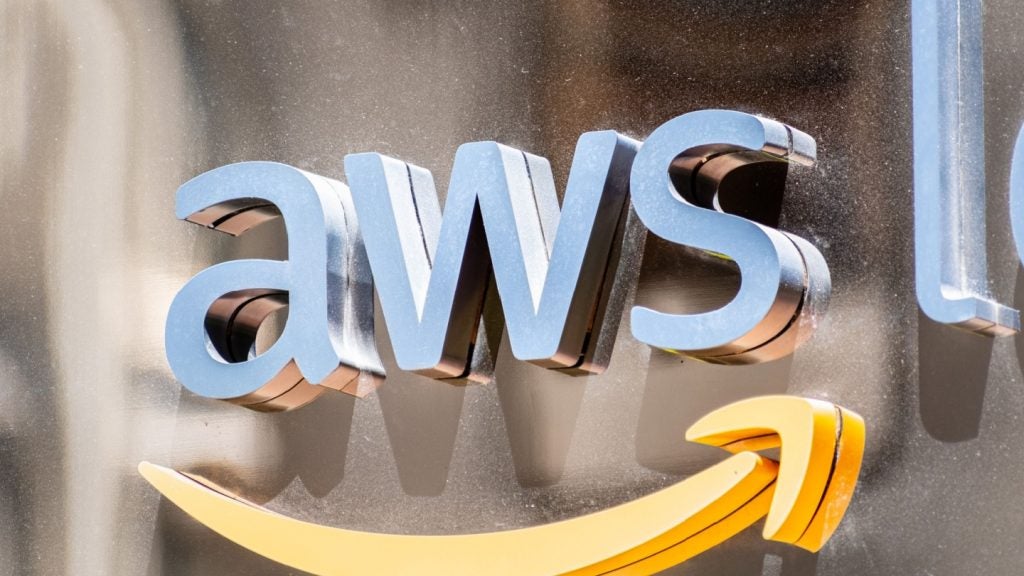
In their recent unveiling of new ‘concept phones’ for the retail market, US cell phone carriers have shown their willingness to take risks in their portfolio and experiment with their choice of vendors.
US carriers have historically been risk-averse when it comes to their choice of smartphone vendors, preferring to ally with established brands such as Apple, Samsung, LG and Lenovo. T-Mobile is the only carrier with phones from relatively lesser known brands such as TCL and Coolpad in their device portfolio.
Concept phones for 2019
However, Q4 2018 saw the entry of premium high-concept phones from unknown brands such as the Red Hydrogen One (Verizon Wireless and AT&T), the gaming-focused Razer Phone 2 (AT&T) and the highly-rated phone from China, the OnePlus 6T (T-Mobile).
The Hydrogen One is outrageously expensive, the Razer Phone 2 is a niche product and OnePlus is a relatively unknown brand.
With the disappearance of names such as ZTE, Huawei and HTC, from US postpaid portfolios, carriers have been limited to a smaller vendor pool of vendors. Unless carriers expand their options to newer original equipment manufacturers (OEMs) across price tiers, they risk being entirely dependent on (and vulnerable to) the established smartphone brands.
Why are these phones unique?
The premium Red Hydrogen One, which was picked up by both Verizon Wireless and AT&T, two of the biggest US carriers in terms of subscriber base and revenue, boasts a glasses-free 3D display and potential for modular add-ons. It is the first phone from high-end camera maker Red and costs upwards of $1,200, a price-tier dominated by Apple, Samsung and Google (at Verizon).
How well do you really know your competitors?
Access the most comprehensive Company Profiles on the market, powered by GlobalData. Save hours of research. Gain competitive edge.

Thank you!
Your download email will arrive shortly
Not ready to buy yet? Download a free sample
We are confident about the unique quality of our Company Profiles. However, we want you to make the most beneficial decision for your business, so we offer a free sample that you can download by submitting the below form
By GlobalDataThe AT&T-exclusive Razer Phone 2 is made by Razer Inc. a gaming hardware manufacturing company. The first Razer gaming phone was sold unlocked and was not offered by any US carrier. The updated Phone 2 is a niche, gaming device with a 5.7 inch Quad HD display, graphics from 120-Hz UltraMotion display and costs $800.
The T-Mobile exclusive OnePlus 6T is made by OnePlus, a Chinese OEM that launched six years ago. OnePlus releases one phone a year and has almost an Apple-esque following among its fans for its high-quality and affordable price. The 6T, with a 6.4-inch active-matrix organic light-emitting diode (AMOLED) display, an in-screen fingerprint reader and a teardrop front selfie camera, costs $580 and is the first phone from OnePlus to be picked up by any US carrier.
AT&T was one of the first US carriers in recent times to experiment with unique, even odd, devices starting with the dual-screen ZTE Axon M (launched in November 2017 and phased out in Q4 2018.) and now the Red Hydrogen One and Razer Phone 2; the phones fit nicely with AT&T’s newly entertainment-centric brand. The Axon M was a costly and failed experiment but AT&T continues to remain open to trying out different form factors and use cases.
Verizon Wireless, which traditionally prefers established OEMs and is unwilling to risk stocking new brands, has gradually become more receptive to newer OEMs and unique devices (Asus in the low-tier, and Red in the premium tier). T-Mobile is already working with vendors like Alcatel and Coolpad, which are not found at rivals’ postpaid portfolios; the door is open to others as well. With OnePlus, TCL (Alcatel) and Coolpad, T-Mobile now has three Chinese OEMs in its portfolio.
What should other OEMs do?
Although carriers are testing the waters with less established vendors, they are not letting go of their mainstream Apples, Samsungs and LGs just yet.
Red Hydrogen One is extremely expensive, and both the Hydrogen One and the Razer Phone 2 are non-mainstream niche products. It is extremely hard to compete in the premium category of smartphones, and a gimmick or a unique feature – even a good one – is often not enough.
Other OEMs need to build more exclusive products for carriers at below-$600 price tiers. OEMs should also target T-Mobile at any price point because the carrier is growing faster than other rivals, and subscriber additions usually buy new phones.






Related Company Profiles
LG Corp
Google LLC
HTC Corp
Razer Inc
TCL Technology Group Corp